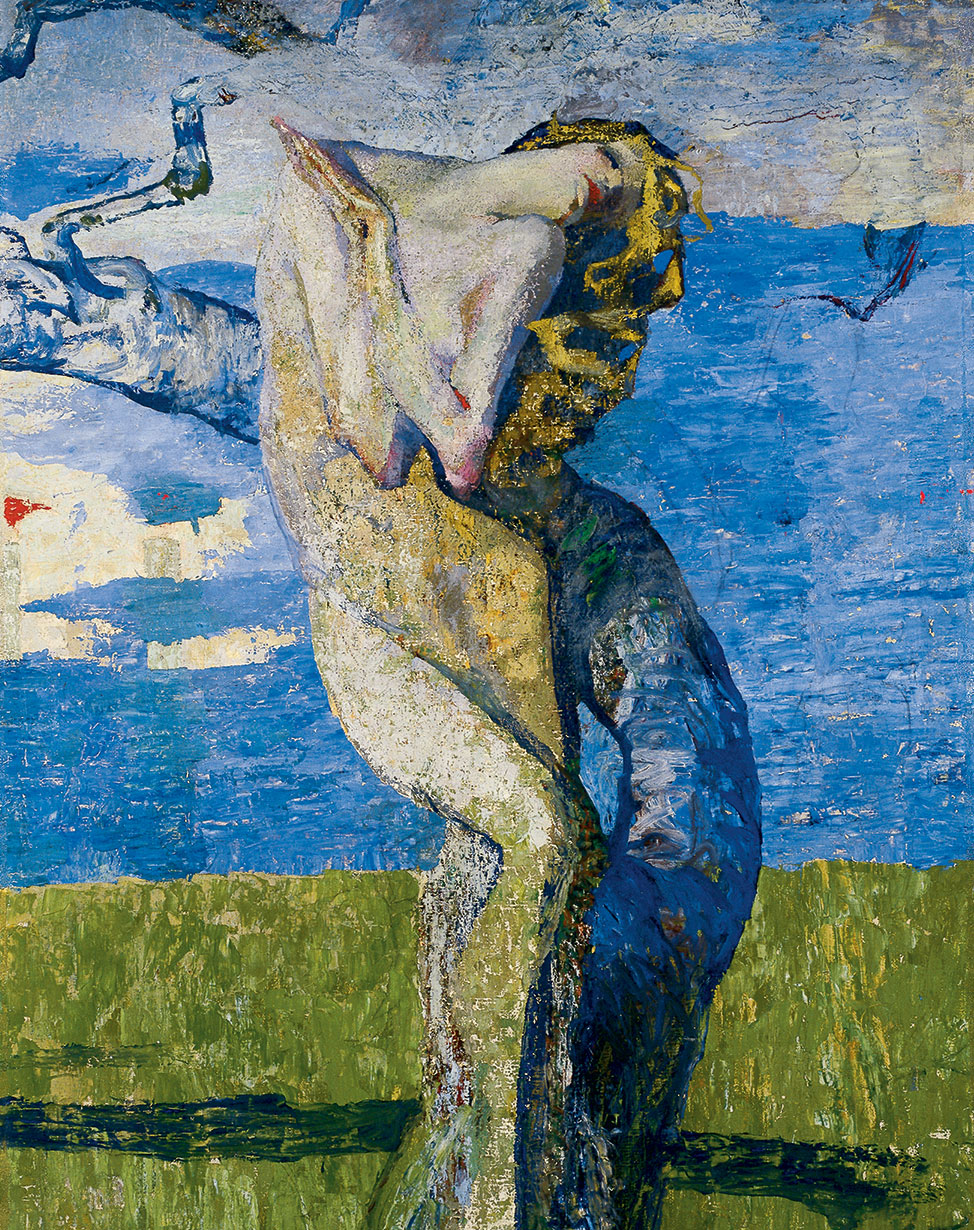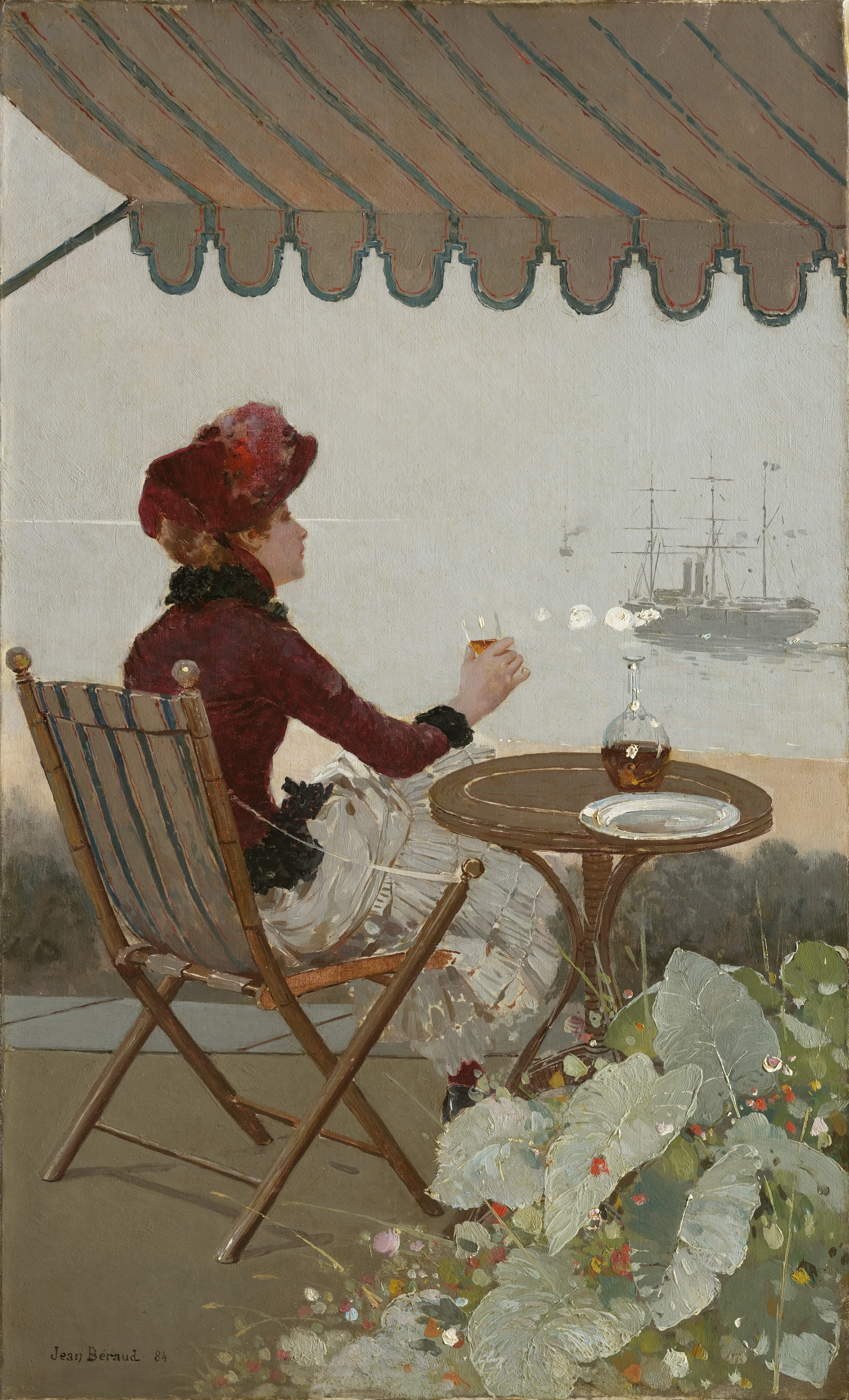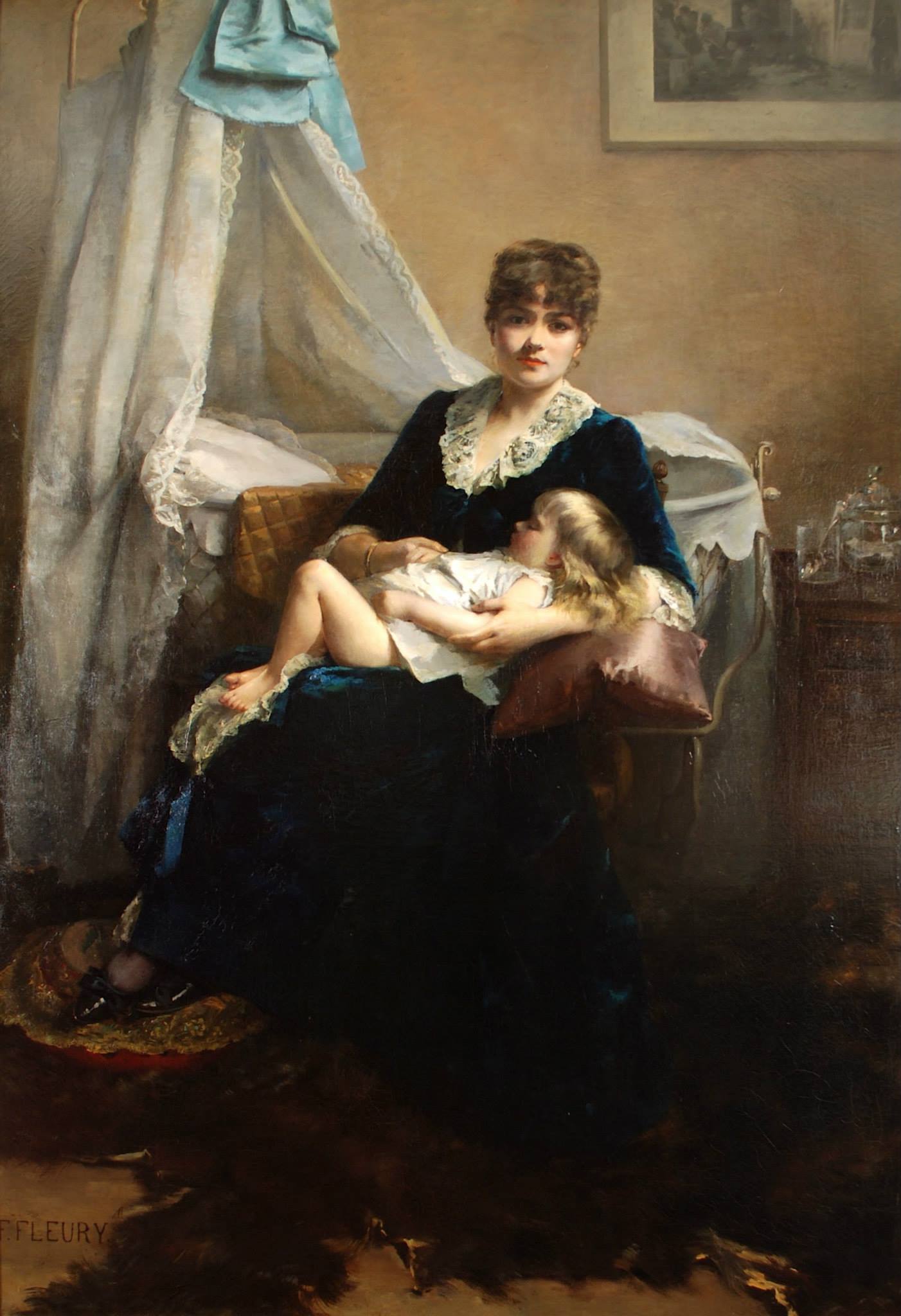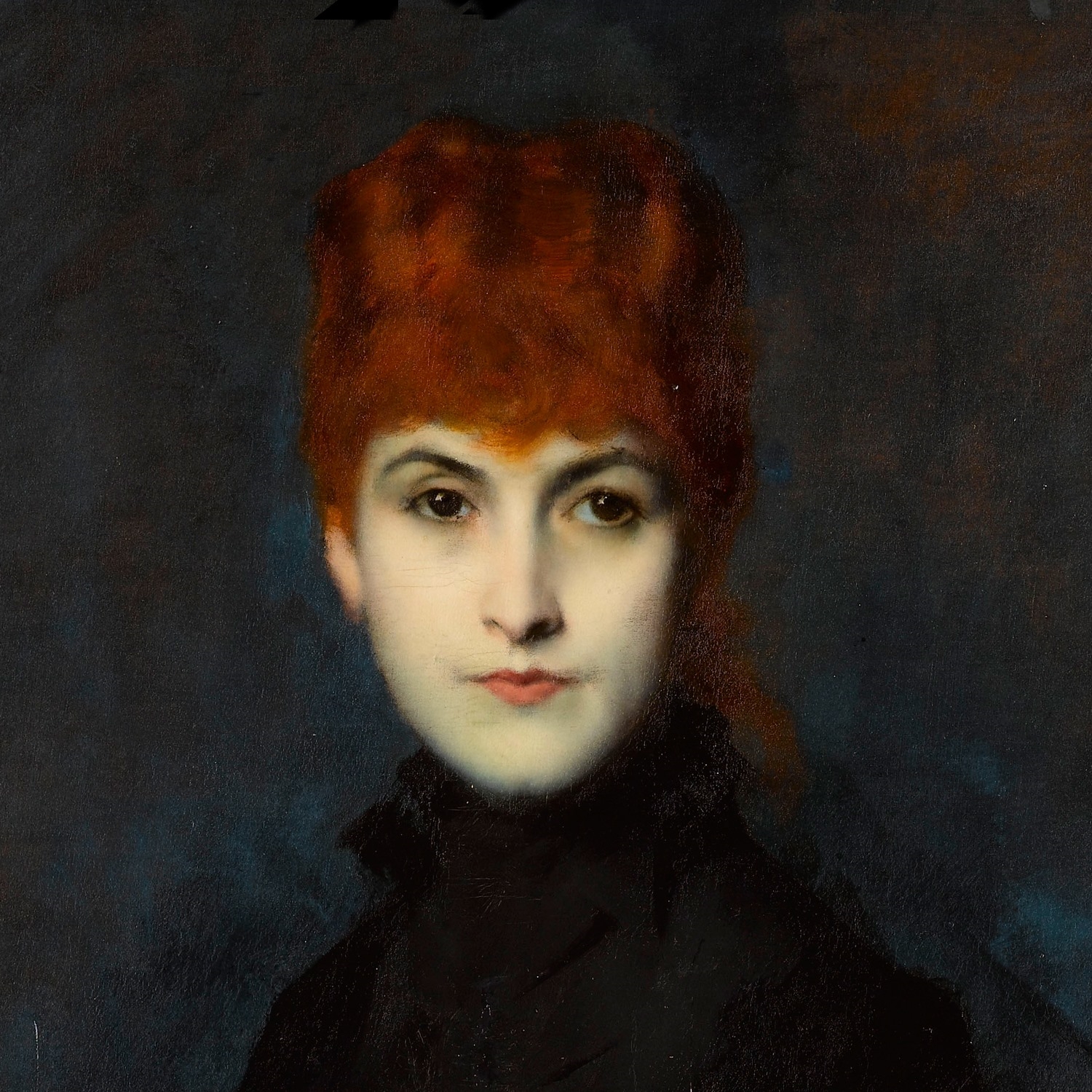Italian portrait painter of the Belle Époque Giuseppe Amisani (1881-1941) was an important figure in his lifetime, though almost entirely forgotten today - his name is not included in the principal works of reference in the twenty-first century.
He was a close contemporary of Umberto Boccioni and of Pablo Picasso, but completely ignored currents such as Futurism and Cubism which changed the face of fine art in the twentieth century, preferring to satisfy the tastes of his clients, who were the noble, rich and the famous of his time.
His reputation was for elegance and for the fresh colours of his palette.
A retrospective exhibition of his work at the Castello Sforzesco of Vigevano in the province of Pavia in 2008 was the first dedicated to him in fifty years.








